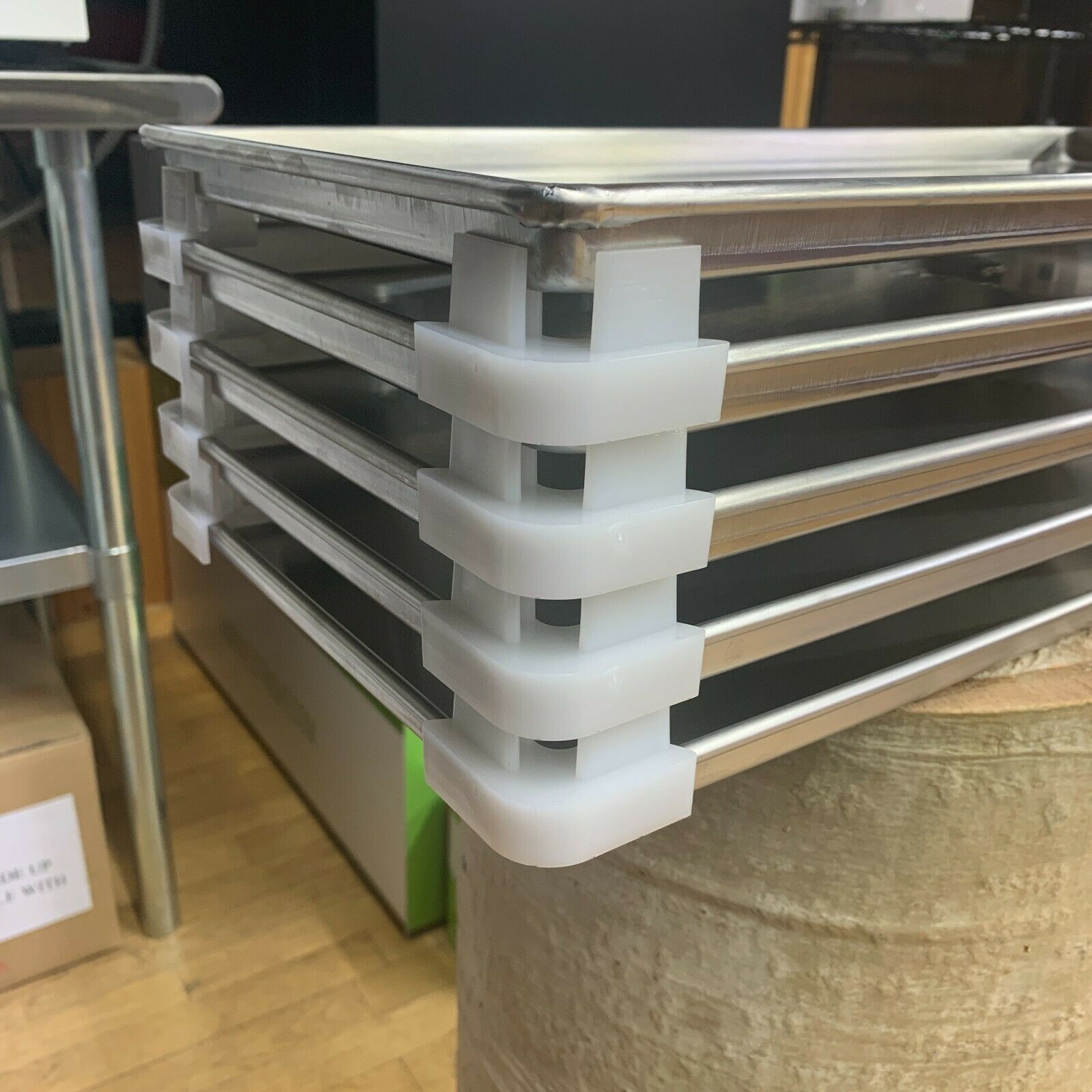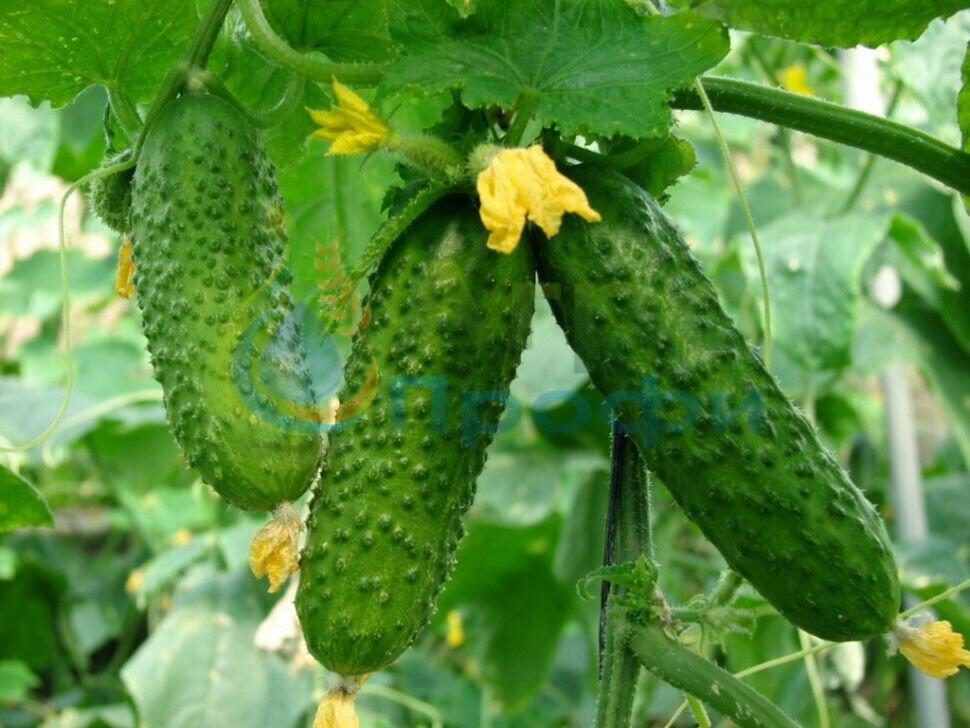-40%
50PCS Seeds Hydrangea Mixed Blue Red Pink White Colors Beautiful Bright flowers
$ 2.2
- Description
- Size Guide
Description
Hello, dear customer. We are happy to welcome you to our eco-friendly store. We hope that our store will be useful and convenient for you.You have chosen:
50PCS Seeds Hydrangea Mixed Blue Red Pink White Colors
Product description
:
The hydrangea plant (Latin Hydrangea) belongs to the genus of flowering plants of the Hydrangea family, which includes, according to various data, from 30 to 80 species of shrubs, lianas and small trees. In nature, hydrangeas are most often found in East and South Asia – in Japan and China. It also grows in the Far East and North America. The hydrangea flower got its name in honor of the princess of the Holy Roman Empire, and the Latin name Hydrangea was given to the plant by taxonomists for its excessive moisture-loving nature (hydrangea translates as "a vessel with water"). The Japanese also call hydrangea "adzisai", which in Japanese means "flower – purple sun". Of the large variety of hydrangea species in indoor culture, only garden hydrangea, or large-leaved, compact forms are grown, all other types and varieties of hydrangeas in the middle latitudes are grown in gardens.
Hydrangea flowers in natural conditions are shrubs up to 3 m tall, medium-sized trees and lianas capable of climbing tree trunks to a height of up to 30 m. In addition, depending on the species, they can be both evergreen and deciduous plants, and in our climate, flower growers prefer to grow deciduous. Hydrangea leaves are usually large, opposite, oval with a sharp tip, often with serrated edges and noticeable venation. Hydrangea blooms from spring to frost with large spherical inflorescences, corymbose or paniculate, consisting of two types of flowers: small fertile (fruiting), usually located in the middle of the inflorescence, and large sterile (infertile), blooming at the edges. There are, however, species in which all the flowers in the inflorescence are fruiting.
Instructions for planting and care:
Many gardeners use store-bought planting material brought from China and Japan to grow hydrangeas from seeds. Observations show that the use of such seeds often gives very good results. In these countries, hydrangeas grow in natural, most favorable conditions, so their seeds have time to fully mature by the time they are harvested and accumulate the maximum nutrients necessary for germination.
Proper preparation of seeds for sowing can significantly increase the percentage of their germination and reduce the likelihood of developing diseases in sprouted seedlings. The technique of the preparatory stage depends on the form in which it is planned to sow the seeds – dry or sprouted. It is recommended to soak dry seeds for several hours in a solution of potassium permanganate before sowing. This procedure will allow to disinfect the planting material, destroy the pathogens of fungal, bacterial and viral infections. After disinfection, the seeds should be soaked in a growth stimulant solution for 10-20 hours.
If the seeds are planned to be sown in sprouted form, it is necessary to place them between two layers of clean gauze a few days before the sowing date and soak them in a saucer with warm standing water. Before the emergence of seedlings, you need to regularly change the water in the container and check the condition of the planting material. If clots of transparent or translucent mucus with an unpleasant odor are found on the gauze, the seeds should be thoroughly washed and soaked again in clean water. When tiny white roots hatch on the swollen seeds, they start sowing.
Depending on the season, seeds are sown in containers or open ground.
The best time for sowing dry and sprouted hydrangea seeds at home is February – early March. For sowing at home, shallow wide containers or wooden boxes filled with a nutritious soil mixture are used. As a substrate, it is recommended to use fertile garden land with the addition of peat, leaf humus, sand, turf. The soil mixture should be loose, light and airy, not falling into lumps and dense layers.
Before sowing, the substrate in containers is disinfected with a hot solution of potassium permanganate, cooled and spilled with water. Then the seeds are laid out in rows on the surface of the substrate, observing a distance of several centimeters between them. After laying, the seeds are lightly pressed into a moist substrate and sprinkled with a thin layer of fine sand on top. Next, the crops are moistened, and the container is covered with glass or tightened with a transparent plastic film. Before the emergence of seedlings, the container with crops should be regularly ventilated, and the substrate sprayed from a spray gun.
The appearance of the first shoots usually takes at least 2-3 weeks. In some cases, sprouts appear after 1-1.5 months. In spring, you can plant dry and sprouted hydrangea seeds in the open ground. The recommended time for sowing is April – May. Seeds of fast-growing varieties of hydrangeas are allowed to be sown in early June. Before sowing, a place with a light penumbra, sheltered from wind and drafts, is determined on the site. You can plant seeds in the garden, where in the future young plants will be protected from the scorching sun. It is not recommended to carry out sowing in places under direct sunlight.
Having determined the place for sowing seeds, they begin to arrange the beds. To do this, the soil is carefully dug up, garbage, stones, roots and remnants of weeds are removed. Then a mixture of sand, peat, leaf humus or compost is added to the cleaned and dug-up earth. The bed for sowing hydrangea seeds is made high – this will prevent heat loss from the soil in the evening and at night. The surface of the bed is slightly loosened and leveled with a rake.
Then the seeds are laid out on the surface of the earth in rows, after which they are slightly pressed deep with their fingers and sprinkled with a thin layer of sand. The surface of the bed is abundantly moistened using a watering can with a diffuser. It is recommended to pull a plastic film over the bed, which will prevent moisture evaporation. In addition, the film will protect germinating seeds from changes in daytime and nighttime air temperatures.
After the appearance of the first shoots, the film is removed from the bed.
In order for fragile hydrangea seedlings to quickly get stronger and turn into full-fledged seedlings, they need to be provided with competent and delicate care. It includes the following conditions:
regular watering and soil moistening;
optimal lighting;
comfortable temperature regime;
top dressing;
hardening;
pickings.
The earth in containers with hydrangea seedlings is regularly moistened, preventing the drying of the upper soil layer. Additionally, young plants are periodically sprayed with water from a spray bottle. Spraying will not only fill the plants' need for moisture, but also help maintain optimal air humidity. At the same time, it is impossible to allow stagnation of water in a container with sprouts. Excess water in the tray with seedlings must be drained after each watering. The seedlings are watered only with soft, well-kept water at room temperature. The best time for watering is in the morning.
Young hydrangeas require abundant, but soft and diffused lighting for full development and growth. Containers with seedlings are best placed on window sills in the eastern, western, south-eastern or south-western part of the house. It is not recommended to place boxes with hydrangea seedlings in places where plants will be in direct sunlight for a significant part of the day. If the hydrangea bushes look weak, drooping or withered at the end of the day, this may indicate that they are overheating. In this case, the pots with seedlings should be moved to a light partial shade.
Seedlings of hydrangeas, sprouted from seeds, painfully tolerate changes in air temperature. In order for young plants to feel well, the indoor air temperature should be maintained at +15 ... +20 ° C. It is important to take into account that a sharp drop in temperature for untreated seedlings can be disastrous, as well as the effect of drafts. Both young seedlings of hydrangeas and adult plants should be protected from drafts.
Payment information
:
We accept all payments and transfers provided by Ebay
Delivery information
:
We deliver to America within 20-40 days. Worldwide delivery - 18-30 days.
Order processing time within 1-2 business day. If the order is received within the last hour of our business hours, it is likely that the order will be processed within the next business day.
Technical support and customer service:
If you have any questions, please feel free to contact us via eBay message. We will try to answer You as soon as possible and resolve your question.
Due to time zone differences, we will respond from 5.00 to 18.30 London time, 0.00-13.30 new York time, 14.00-03.30 Tokyo time. We are in touch, please contact us.
Have a nice day!
Disputes and controversies:
If you are not satisfied with the product (packaging, delivery time), or you have any questions or complaints, please contact us before you leave negative feedback, we will try our best to solve the problem in a short time. We are very interested in solving your questions with the maximum benefit for you. It is important to us that each of our customers is satisfied. We try to be the best for you!
Feedback from recipients
:
Your feedback is very important to us. If you are satisfied with our products and services, please leave a positive 5-star review and we will do the same for you. Thank you in advance!
Gratitude
:
Thank you for choosing our store and products. They are really high quality and deserve attention. We look forward to seeing you again. We wish you a successful and pleasant shopping!
We wish you joy and prosperity, so that the seeds sown as a result of our cooperation will continue to bear fruit and please you for many years to come!
Add our store to your favorites list and you will always have the right seeds at hand!









